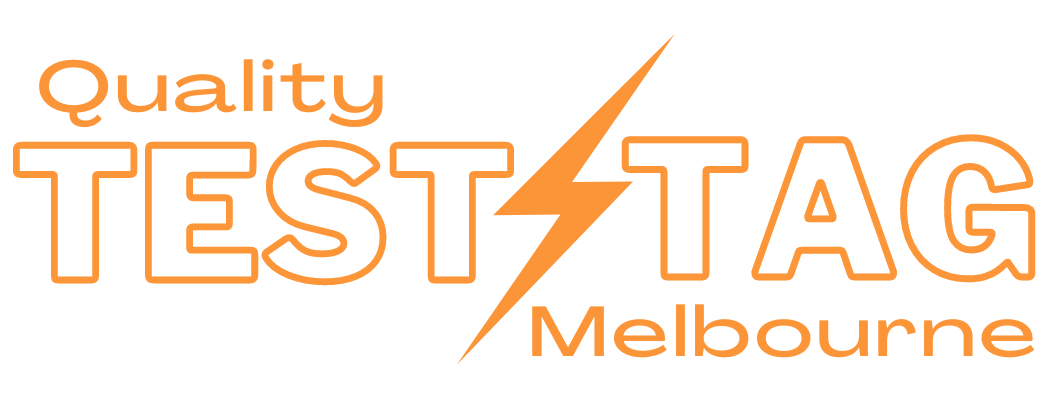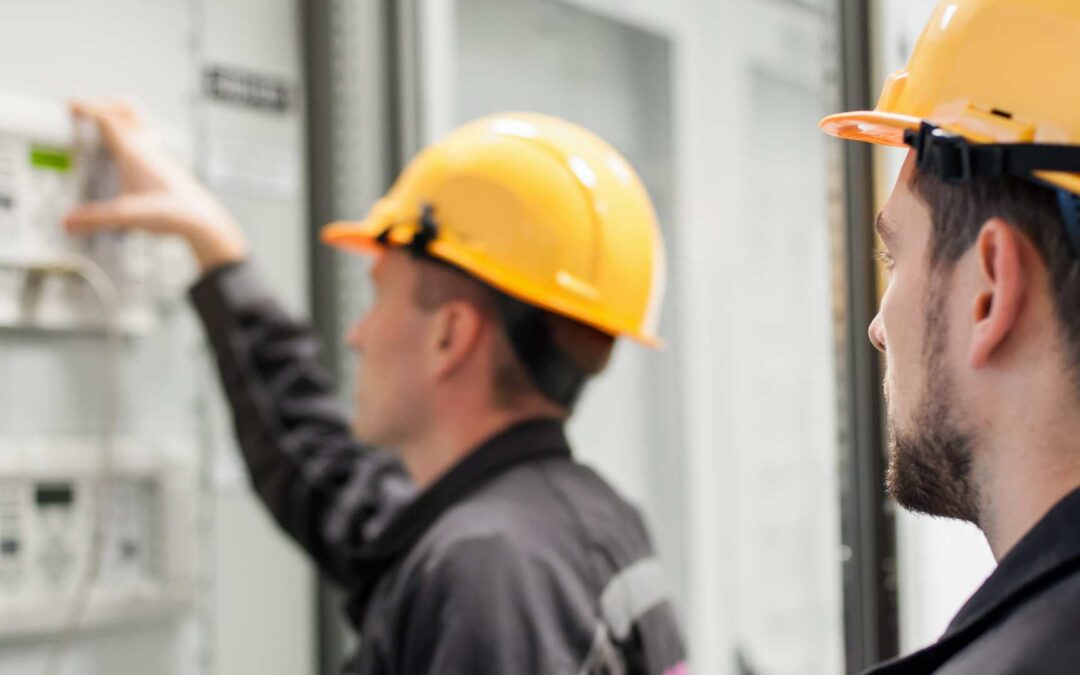Test and tagging is an important part of workplace safety that ensures the electrical equipment you use is safe and compliant with industry standards. It can help reduce the risk of electric shocks and fires, which can result in injury, property damage, and costly fines. Knowing how often to test and tag is essential for any business or workplace.
Understanding how often you should test and tag, it helps to understand the purpose of the process and what it entails. Test and tagging is a process of inspecting and testing electrical equipment to ensure it is safe for use. It involves checking for signs of damage or wear and tear, testing for electrical faults, and tagging the equipment with a unique identification label. Testing and tagging aims to ensure that any electrical equipment in your workplace is safe and compliant with the relevant regulations.
The frequency of testing and tagging depends on several factors, including the type of equipment, the environment in which it is used, and the frequency of use. Generally, the Australian Standard AS/NZS 3760 recommends that any equipment used in a workplace be tested and tagged at least every three to six months. This includes portable appliances such as computers, power tools, and vacuum cleaners.
It is also important to note that certain types of equipment should be tested more frequently than others. For example, equipment that is used in hazardous environments, such as factories or construction sites, should be tested every month or two. This is to ensure that any potential electrical faults or damage can be identified and rectified as soon as possible.
In addition to the frequency of testing, it is also important to ensure that all test and tagging is carried out by a qualified and certified electrician. This is to ensure that the process is carried out correctly and that all equipment is safe for use.
To summarise, testing and tagging should be carried out at least every three to six months in order to comply with industry standards and ensure workplace safety.
However, certain types of equipment that are used in hazardous environments should be tested more frequently. It is also important to ensure that all test and tagging is carried out by a qualified and certified electrician. Doing so can help reduce the risk of electric shocks and fires and ensure that your workplace is compliant with relevant regulations.

